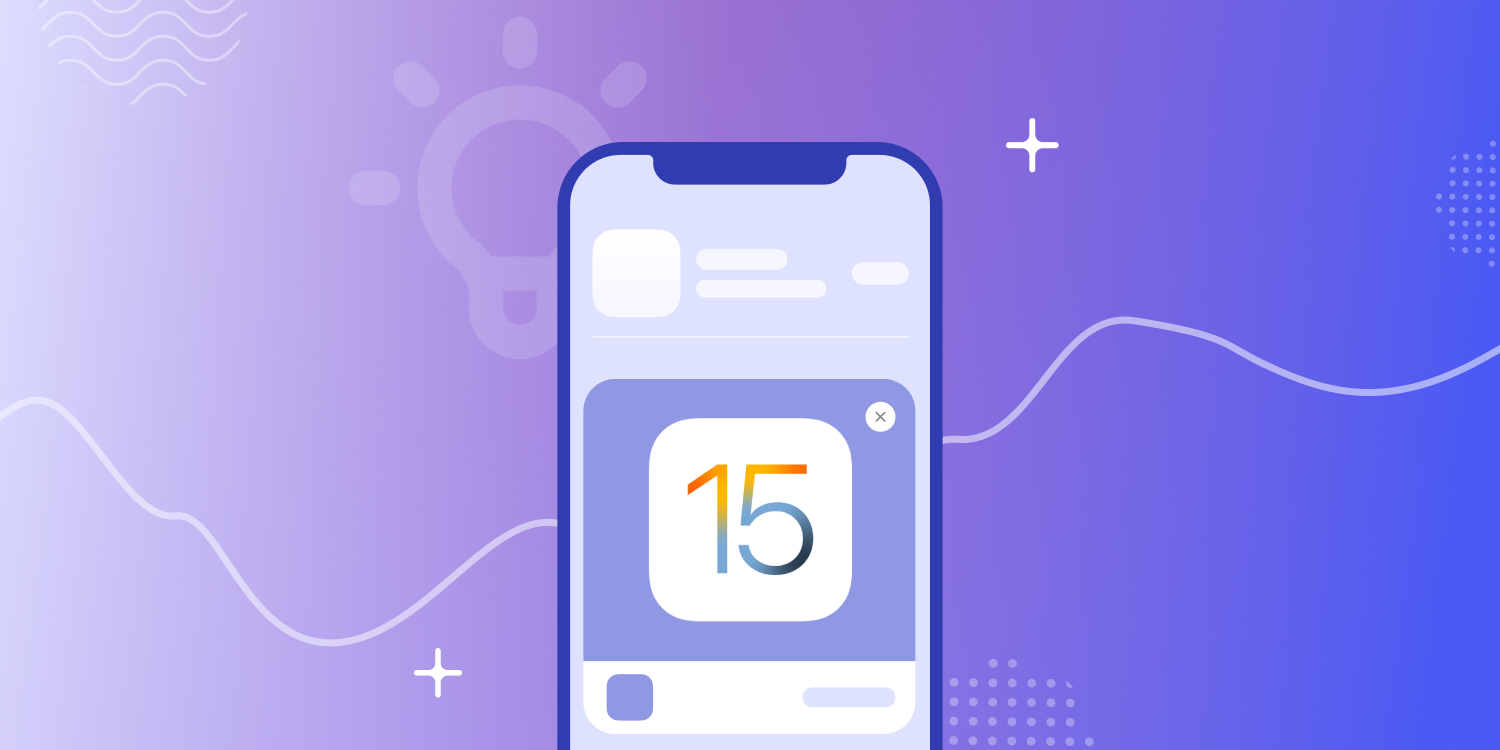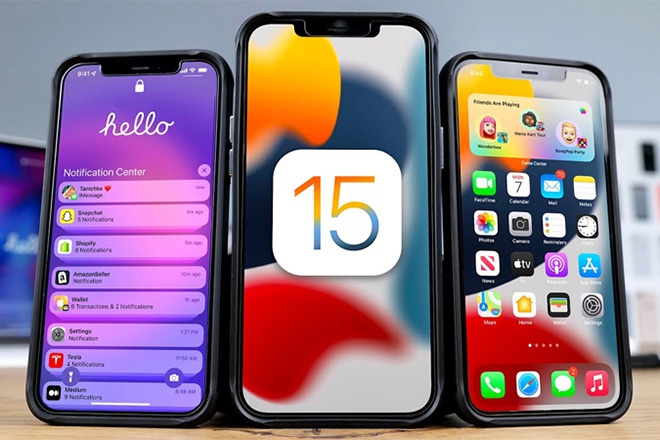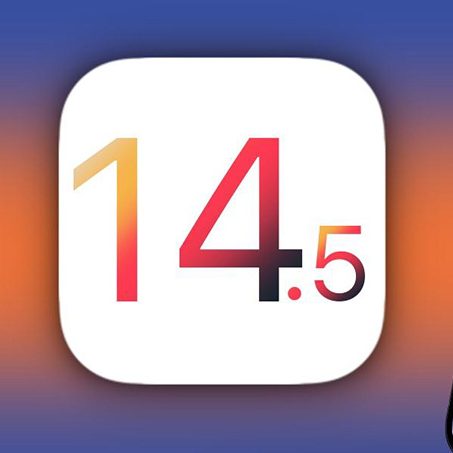In this guide, we put a lens on what iOS 14.5+ is and how it has changed and developed. We examine the ins and outs of working with SKAdNetwork and provide a holistic breakdown to ensure that marketers are up to speed with everything they need to know.
AppTracking Transparency, user consent, and the opt-in
As we covered above, it’s the lack of access to the IDFA that causes the headache when it comes to attribution and campaign measurement on iOS 14.5+. Apple’s ATT is the framework that allows ad targeting and measurement once a user has opted-in or granted consent to tracking. The more users you have consenting, the bigger your pool of efficiently measurable data will be. Moreover, these users can receive targeted advertising.
The most accurate data in a post-iOS 14 world starts with a robust opt-in strategy — prioritizing user consent is not the only pillar of success, but it is key. It not only minimizes disruption, it delivers significant competitive advantages. While the more users you have consented the better, even a relatively low opt-in rate or percentage of opted-in users can prove pivotal to success.
When working with our clients to help develop top opt-in strategies and flows and to incorporate optimizing for the opt-in as part of an overall UX strategy, there are a few top themes we identified. These are the variables that have the biggest impact on influencing a user’s response to an ATT pop-up.
- Location: Pinpointing the precise moment to serve the opt-in request is the top factor to define. We’ve identified that it is usually best to display the prompt during the onboarding flow.
- Messaging: Pre-permission prompts that cue the ATT framework prompt mean the Apple pop-up will feel more natural. Use 2-3 short sentences to emphasize the benefits of opting-in. Also, although the first sentence in the ATT prompt itself can’t be customized, we highly recommend adapting the second string. This is another opportunity to address any concerns about data privacy, and to highlight the benefits of opting in.
- Size: Users typically respond to pre-permission prompts that are full screen, as opposed to modals. This is because the former offers a more seamless user experience, while the latter can feel like an interruption.
Button placement: The placement of your call-to-action (CTA) button is an easy lift. Buttons with simple text, placed next to each other horizontally, with the positive acceptance on the right hand side, yield the best results.
/f/47007/748x683/6000068354/211207_ios14fromdayonetillnow_blog_opt-in_v01.png)
In addition to building a fully optimized opt-in strategy, it’s also crucial to define an overall UX strategy that the opt-in is simply part of and to continually test. Once a UX approach regarding when, where, and how you prompt users to give consent is designed and integrated, the work isn’t quite done. That’s why we advocate for continued, rigorous testing, including A/B testing and randomized controlled experiments.
iOS 14.5+ and working with SKAdNetwork
For users who don’t opt-in, Apple’s SKAdNetwork, a combination of SDK functions and API calls, is the solution that marketers can turn to for attribution of app installs and reinstalls. Free for advertisers to use, Apple’s goal with SKAdNetwork is to provide basic, privacy-focused attribution, and it doesn’t require user consent because Apple designed it within their privacy guidelines. The attribution information from SKAdNetwork is relayed from the device, to Apple, and then to ad networks, developers, and mobile measurement partners (MMPs).
/f/47007/2880x4321/84a22470a3/skadnetwork_postbacks.png)
SKAdNetwork provides space for 6-bits of downstream metrics, a number between 0 and 63 (or between 000000 and 111111 in binary), with an initial 24-hour timer. Otherwise known as a conversion value this can be assigned to any value that can be expressed in binary, and it’s up to apps to decide which events they want to include. Every time the conversion value is updated to a fresh six-bit code defined within the app, the timer gets extended by an additional 24 hours. Once this conversion value-window expires, a second 24-hour window is triggered for attribution. The idea behind this is to obfuscate the time of install, making it impossible to link event triggers to individual users. This data is then shared by the SKAdNetwork in the aggregate, with no granular, user-level data accessible.
Put a little more simply, conversion values are a number between 0-63, used for measuring up to six events using the bit logic. Each conversion value is linked to specific conditions, which can then be unpacked into meaningful KPIs for reporting.
To make the most of this system, advertisers and marketers need to work thoroughly within the first 24 hours, leveraging all data possible to paint a clear picture of user behavior, from which projections and segments can be identified. It’s not just about acquisition, it’s about understanding what user behaviors in that first 24-hour window can tell us about what they might do later. For many apps, this means a complete rewriting and restrategizing regarding the events they focus on, as they may, for example, have been tracking events for up to seven days, which is not possible on SKAdNetwork.
/f/47007/1840x1104/a97a6ef42e/conversion_value.png)
by Tiahn Wetzler
Adjust


